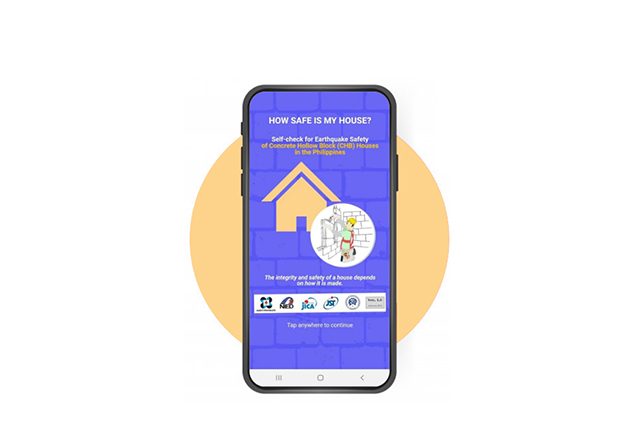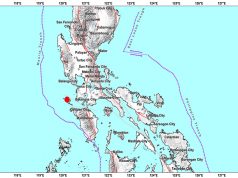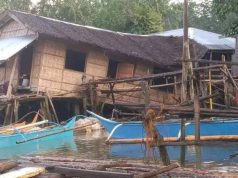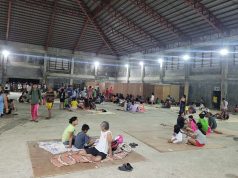On the 31st anniversary of the 1990 Magnitude 7.8 Luzon Earthquake last July 16, the Philippine Institute of Volcanology and Seismology (Phivolcs – DOST) launched a mobile application that can assess the vulnerability of houses to strong earthquakes.
“Earthquakes per se do not kill people, building collapses do,” DOST Undersecretary Renato Solidum Jr. said.
Called “How Safe Is My House?,” this application provides a simple and easy-to-use tool for owners and occupants of residential houses and other one to two storey concrete hollow block houses.
Users will have to answer 12 questions on the app and these are:
- Who built or designed my house?
- How old is my house?
- Has my house been damaged by past earthquakes or disasters?
- What is the shape of my house?
- Has my house been extended or expanded?
- Are the external walls of my house 6 inch (150mm) thick CHB?
- Are steel bars of standard size and spacing used in walls?
- Are there unsupported walls more than 3 meters wide?
- What is the gable of my house made of?
- What is the foundation of my house?
- What is the soil condition under my house?
- What is the overall condition of the house?
After completing the survey, a scoresheet on the application will appear, showing the assessment of the house during an earthquake.
The result determines if the structure is safe and presumably built according to standard construction procedures. If not, it may recommend further professional consultations and necessary structural strengthening.
The score 11 to 12 means the house is well-built, 10 to 8 needs strengthening, and 7 below indicates that the house is vulnerable to strong earthquakes.
Solidum pointed out that the strength of the house depends on the way it was built and not on how tall the structure is.
“If the structure is not properly designed, constructed, and does not use the right materials, then it can be affected by a strong earthquake whether it’s one-storey, two-storey, or higher,” he said.
Back in 2014, Phivolcs DOST had collaborated with National Research Institute for Earth Science and Disaster Resilience (NIED), Japan International Cooperation Agency (JICA), Japan Science and Technology (JST), and the Association of Structural Engineers of the Philippines (ASEP), to develop a questionnaire that would aim to evaluate the integrity of houses in the Philippines.
“How Safe is My House?” can be accessed for free on Google Play Store or through the website https://howsafeismyhouse.phivolcs.dost.gov.ph/
Phivolcs also kicked off the DOST-funded 3D Philippines Program that will provide visualization and analysis of surface and sub-surface data in the Philippines.
The program will also help local government units, engineers, and developers in terms of looking at the hazards surrounding the building through Hazard Hunter PH.










